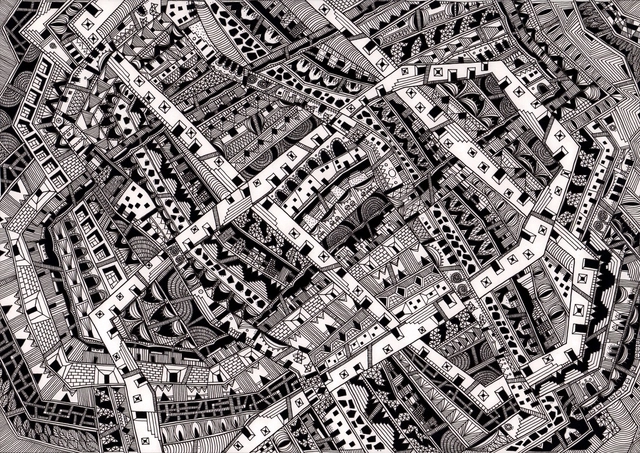
John Redington, a Texas-based illustrator, documents abandoned rural sheds and their modest architectural impact. In this visual essay he reveals this unseen, underrepresented vernacular arguing that the "shaky charm of the abandoned shed could offer a look into a more humble form of inspiration for architects."
The car rattles on a loose road as thick white dust rises from the back of its tires. On either side seas of sunburned grass just barely keep themselves from breaking onto the path. The sky sits heavily on the horizon, as the fragrance of both wild and cultivated plants fill the air.













.jpg?1487014574)









!["John L. Stoddard's Lectures [on his travels]. Illustrated ... with views of the worlds famous places and people, etc". Image Courtesy of The British Library British Library Releases Millions of Images for Public Use on Flickr - Software](https://images.adsttc.com/media/images/572a/3ba6/e58e/cefd/1000/0053/thumb_jpg/11296535835_926c074ba3_o.jpg?1462385569)
!["John L. Stoddard's Lectures [on his travels]. Illustrated ... with views of the worlds famous places and people, etc". Image Courtesy of The British Library British Library Releases Millions of Images for Public Use on Flickr - Software](https://images.adsttc.com/media/images/572a/3da6/e58e/cefd/1000/0055/thumb_jpg/11296485524_3a2ba7f3d5_o.jpg?1462386081)







